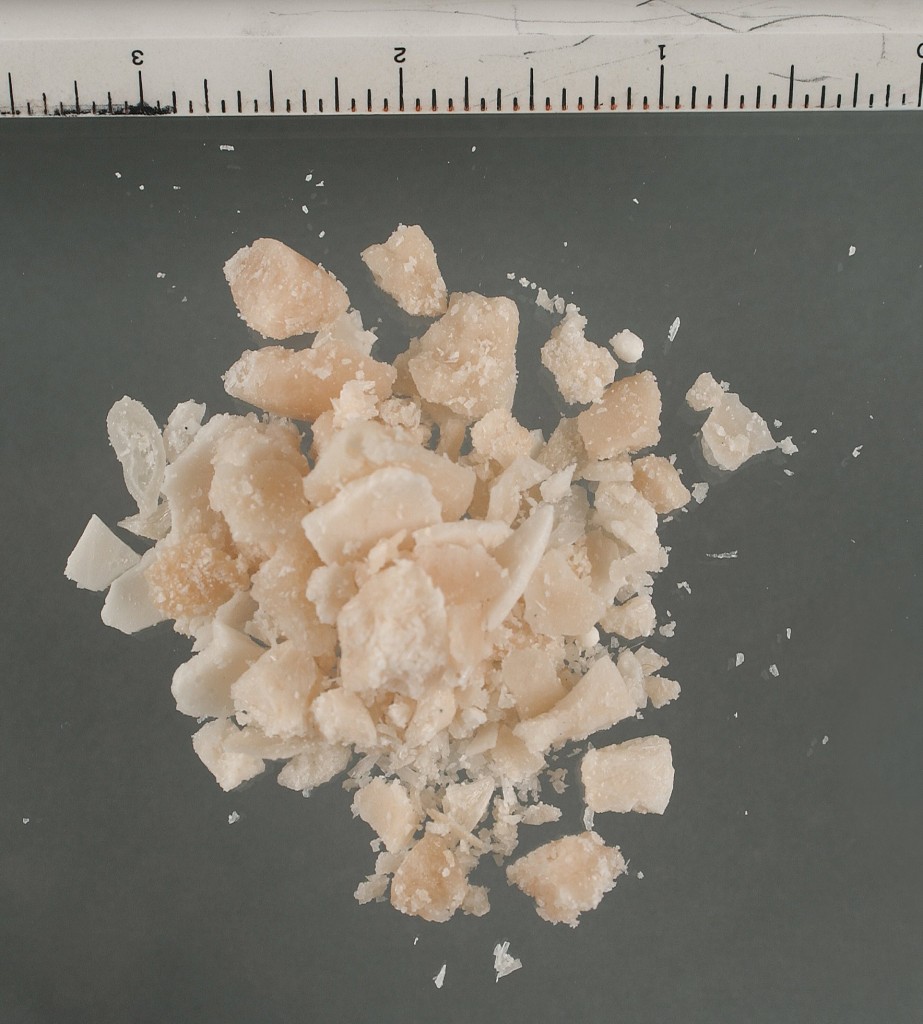“If it is true that the leper gave rise to rituals of exclusion, which to a certain extent provided the model for and general form of the great Confinement, then the plague gave rise to disciplinary projects” -Michel Foucault in Discipline and Punish: The Birth of the Prison (1975/1995, p. 198)
There is little doubt that the crack epidemic rocked American inner cities throughout the 1980s and 90s. As a highly addictive substance, the drug was most prominent in highly impoverished neighbourhoods. The crack epidemic had a profound effect on African-American communities, particularly with a spike in black incarceration rates. With alcohol and drug addiction now considered a disease, the concept of Foucault’s social partitioning in the plague-society, where the diseased were contained, serves as a useful tool in understanding how crack cocaine and the War on Drugs has enclosed impoverished African-American communities from the rest of American society.
In the 1980s the Reagan administration with its neoconservative policies began to privatize both federal and state prisons. As Associate Attorney General, Rudolph Giuliani, stated: “man formed government to protect against the danger of invaders from without as well as predators from within. National defense and domestic defense are, therefore, the two primal functions of any government. Our criminal justice system is charged with one of these two primal tasks” (as cited in Vogel, 2003, p. 43). When Reagan took office in 1981, there were an estimated 500,000 U.S. prisoners; when he left office in 1989 the prisoner population had doubled to 1 million (2003). In hindsight, the Reagan administration’s “War on Drugs” was a war on black people.
As crack cocaine began to hit the streets, the United States Congress “created the one-hundred-to-one sentencing differential for powder cocaine and crack cocaine offenses under the federal Anti-Drug Abuse Act of 1986” (Hashimoto, 2011, p. 34). What this meant was, under the law, a person caught with five grams of crack cocaine was handed a mandatory minimum sentence of five years, while any other controlled substance, such as powder cocaine, carried a maximum sentence of one year in prison (Dyson, 2008). Thus, blacks were the targets of crack cocaine laws with its severe punishments, as African-Americans were largely associated with crack cocaine, while whites were largely associated with powder cocaine.
The degree to which cocaine was used in black and white communities illustrates the racist power structure that targeted blacks with cocaine laws. According to the United States Sentencing Committee, blacks accounted for 91.4% of all crack cocaine offenders in 1992, 84.7% in 2000, and 81.8% in 2007 (as cited in Dyson, 2008). With the one-hundred-to-one sentencing ratio of crack cocaine to powder cocaine, and Reagan’s massive project of privatizing prisons, there was an immediate incentive to criminalize blacks and discipline impoverished neighbourhoods. As a result, the social quarantining of inner cities took on a new meaning for blacks, as they were disproportionately sent to prison with severe prison sentences.

The crack epidemic and the War on Drugs. Image borrowed from: http://african-business.blogspot.ca/2013/04/crack-epidemic-hits-west-africa.html
When Foucault states: “If it is true that the leper gave rise to rituals of exclusion, which to a certain extent provided the model for and general form of the great Confinement, then the plague gave rise to disciplinary projects” (1975/1995, p. 198), there is an immediate connection between the confinement of segregation and the disciplinary techniques that accompanied the crack epidemic. Perhaps the most significant similarity is the function of visibility between the leper and the African-American, as in both cases their skin is deemed abnormal, which ultimately leads to their confinement–a social partitioning based on exclusion.
To continue on this point, and as Foucault mentions, it is precisely this method of confinement that precedes the plague-stricken town where disciplinary techniques are deployed. It follows that the legacy of slavery and Jim Crow laws, as institutions that segregated blacks from whites purely on the basis of skin color, led to the disciplinary methods of the criminal justice system and the prison industrial complex. Instead of the plague as the disease that mobilized these precautions, it was the American crack epidemic.
Recently, the Obama administration reduced the 100:1 sentencing ratio to 18:1 with the Fair Sentencing Act of 2010. However, with all the prisoners that were imprisoned during the crack epidemic and the years that followed, the Fair Sentencing Act of 2010 does not apply to sentences that were based on the 100:1 ratio years before the 2010 law was passed. In other words, the law is not retroactive.

